If this damage truly happened overnight in that the day before the plant was fine with no black spots, blackening or yellowing leaves etc, and the next day the plant looked like this then the plant must have gotten hit with something. Diseases move more gradually. Some examples of what might hit a tomato and kill the foliage like this include: Hot water from a sun-heated hose. Fertilizer mixed at too high a level. Drift from herbicide applied elsewhere. Cleaning product being used elsewhere such as a house being power-washed or windows being cleaned. If any of those were the cause you will not see the damage continuing. Mark some of the still good looking foliage and stems with twist-ems or pieces of colored yarn to make it easy to tell if the damage is continuing. If it is, then the problem actually started earlier and has spread to a point where it caught your attention. The most common causes of tomato leaf blackening are early and late blight. Early blight usually starts at the bottom of a plant and moves upwards, causing the foliage to yellow first and then turn black. Late blight shows up randomly on the entire plant including the fruit, starting as darkening and slightly sunken spots that ultimately cause entire leaves, stems and fruit to blacken. In the early stages of early and late blight you can spray with a copper fungicide and still harvest fruit, but once a plant reaches a state where half of it has blackened you just have to pull the plant out of the garden and put it in the garbage or burn it once it’s dry.
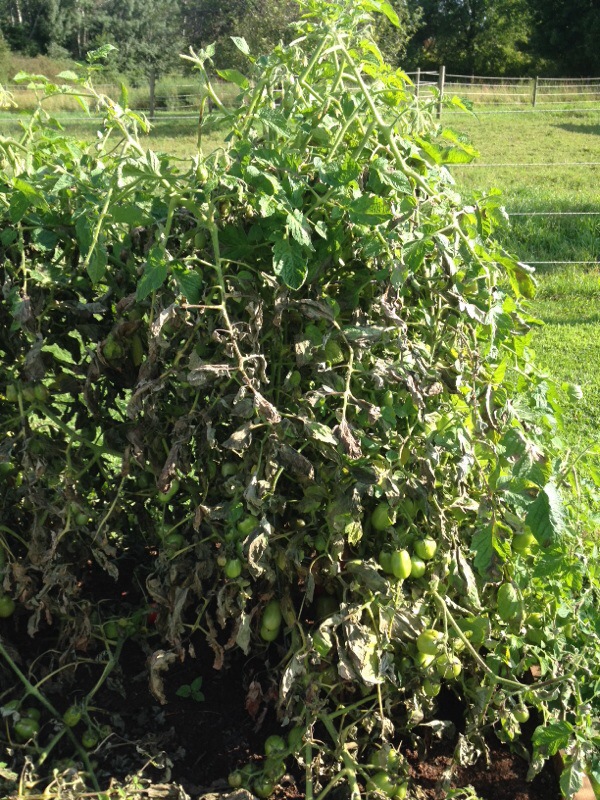
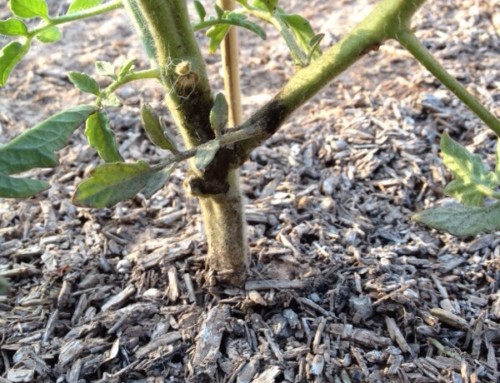
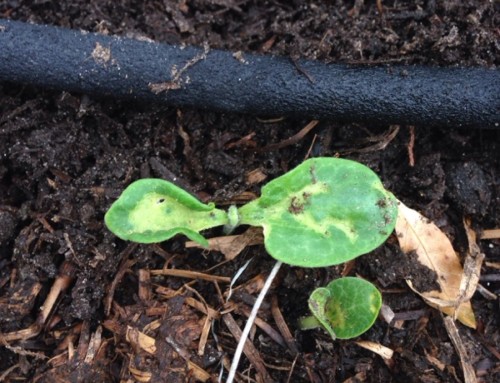
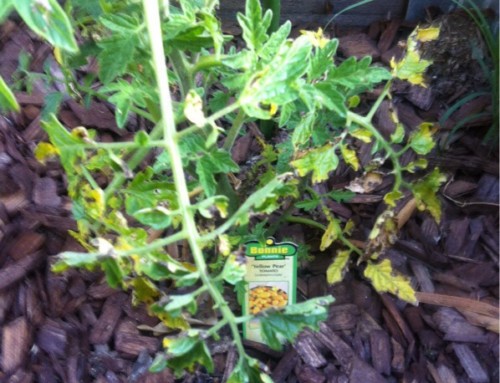
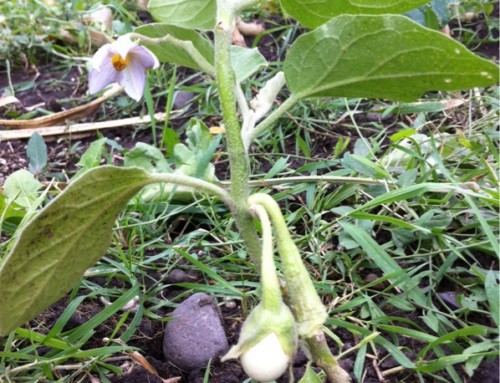
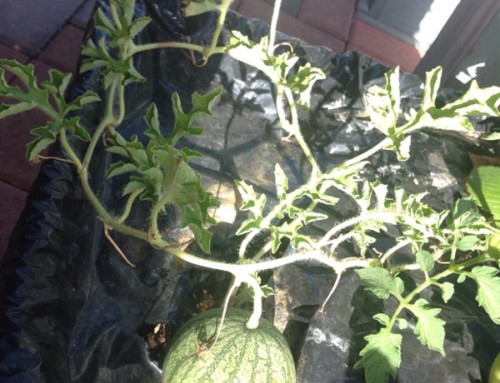
Leave A Comment